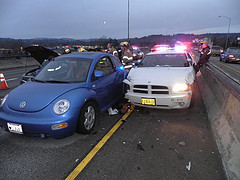This is an age of information and technology that has led to nearly everything around us being smarter. (Except perhaps the people.)
Electronic and digital components have entered our homes, offices, and automobiles, and made them all seem like smarter locations.
In the huge world of “smart” technology, the automotive electronics market is perhaps the top of the heap. Indispensable features such as electronic stability control and anti-lock braking systems and are great choices for smart and safe automotive electronics. Why not consider buying a used car or used truck with these features? Read more . . .



